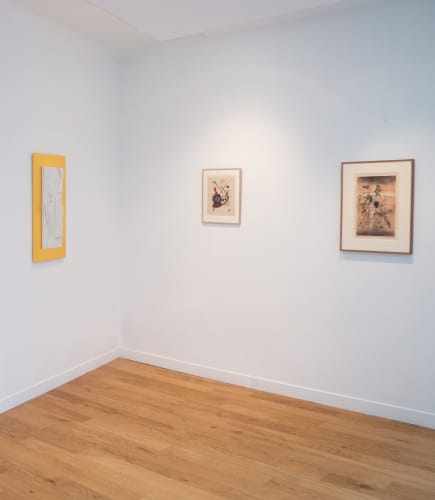In 1919, in the heart of the very traditional Weimar, capital of post-World War I Germany, city of Goethe and Wagner, a visionary architect took over the direction of the School of Fine Arts. His name was Walter Gropius, and he changed the course of the new century by bringing together the greatest artists of his time and inviting them to teach a youth eager to leave behind the horror of the trenches.
How many of them crossed the whole country, and sometimes Europe, simply by reading a manifesto circulating from hand to hand, announcing the creation of the school of the new world. The Bauhaus artists do not constitute a movement or even a coherent way of thinking. They are a community, a body of craftsmen. They arrived in Weimar, each bringing their own contribution to find a resolutely modern society. Metalwork or the learning of new weaving methods were taught alongside the more classical teaching of mural painting or the lithography workshop. They teach the meaning of a geometric shape, the impact of a color on our psyche, how to paint a nude that dances like a machine, in short, the established order is shaken up. Through the prism of the school, the rich palette of each newcomer, teacher, and student, diffracts and rearranges itself in an explosive psychedelic ballet of creativity, freedom, and nerve.




